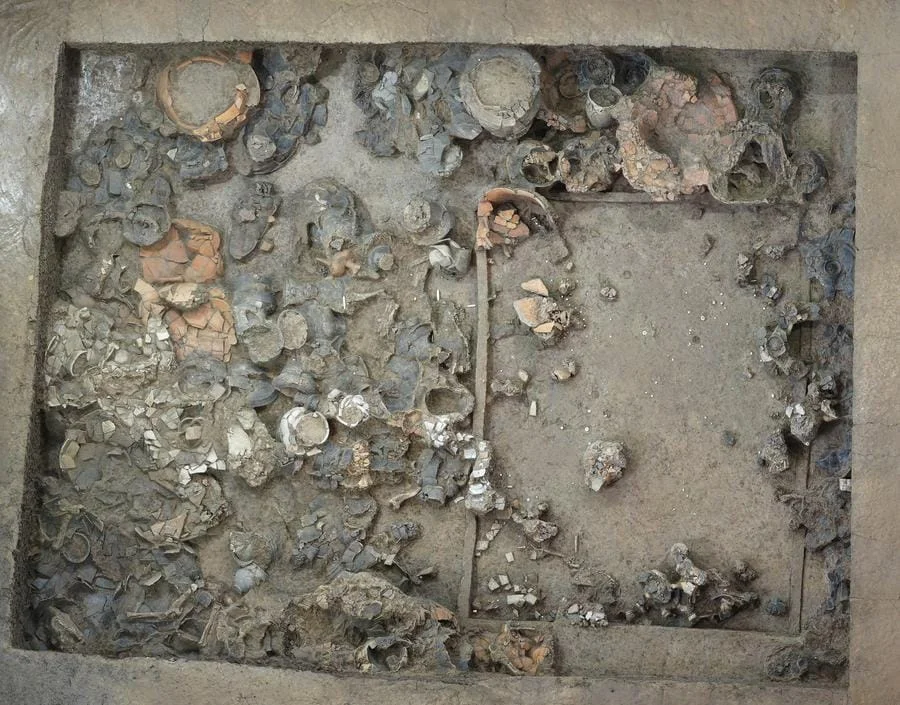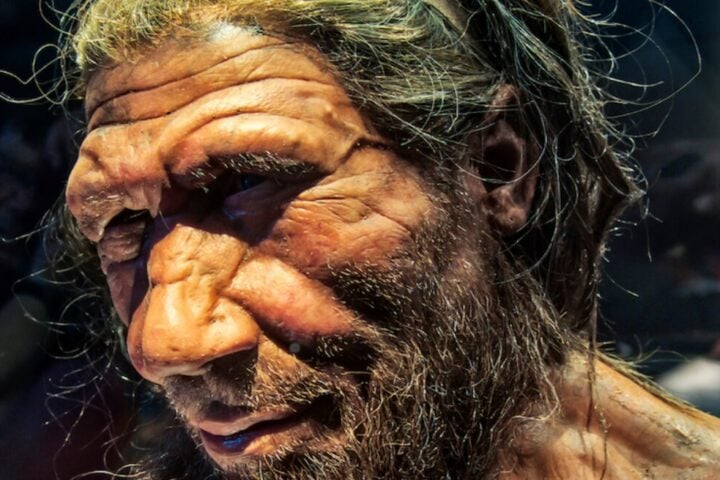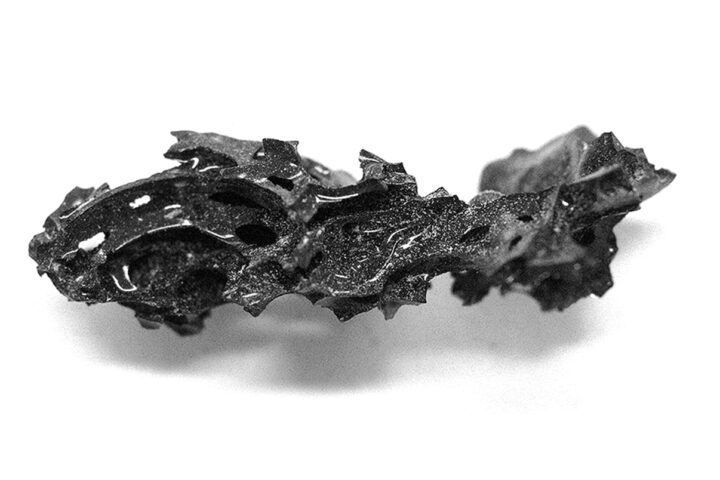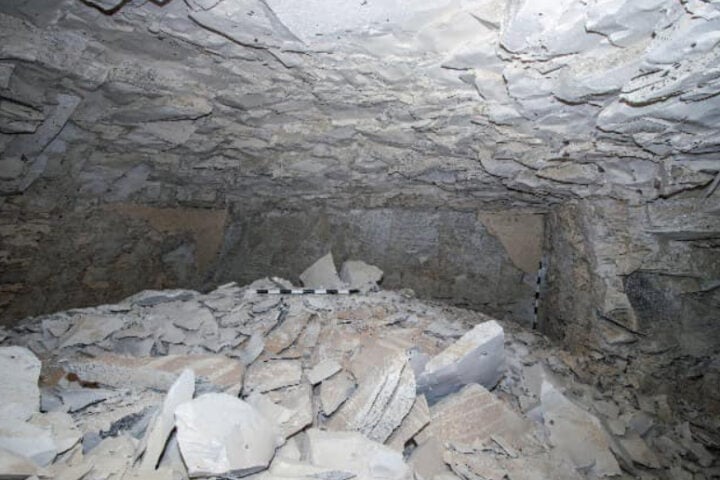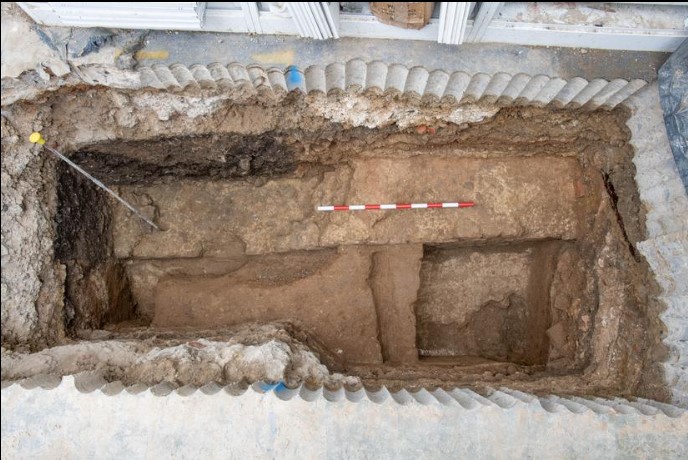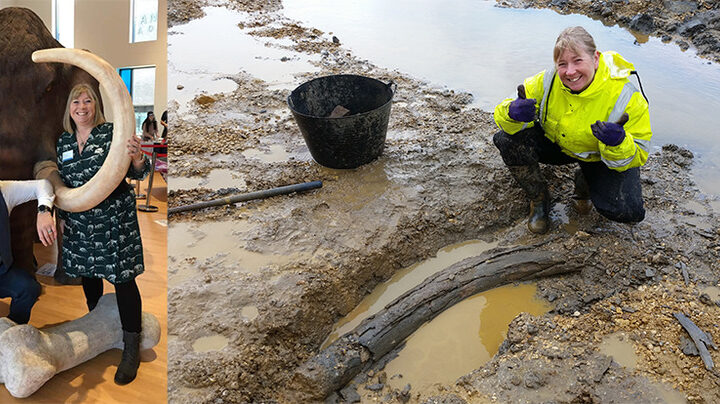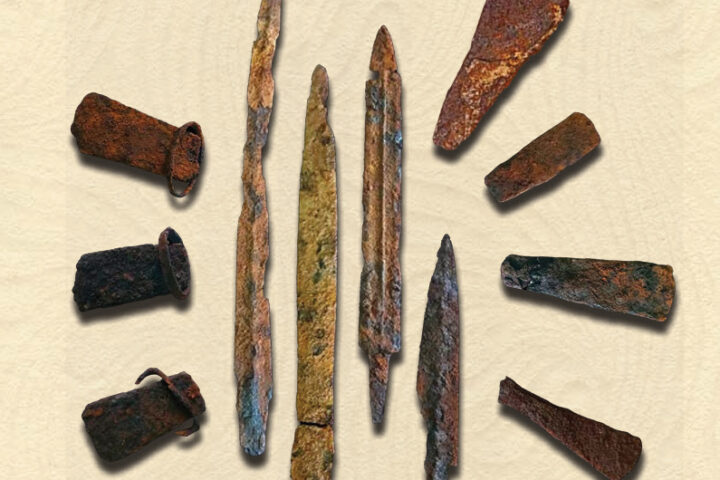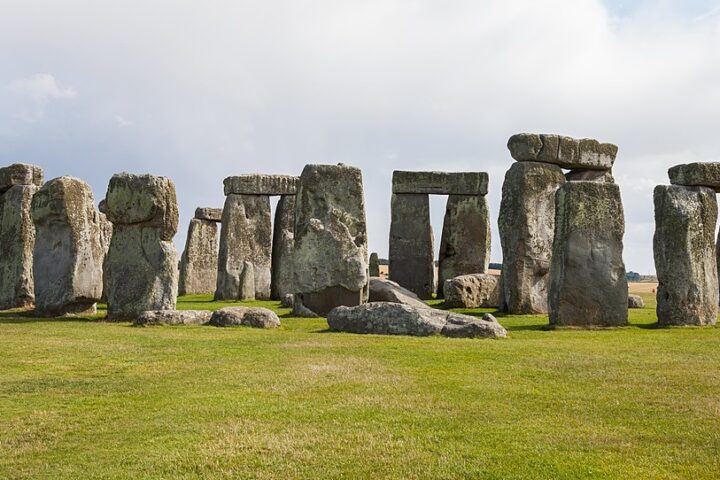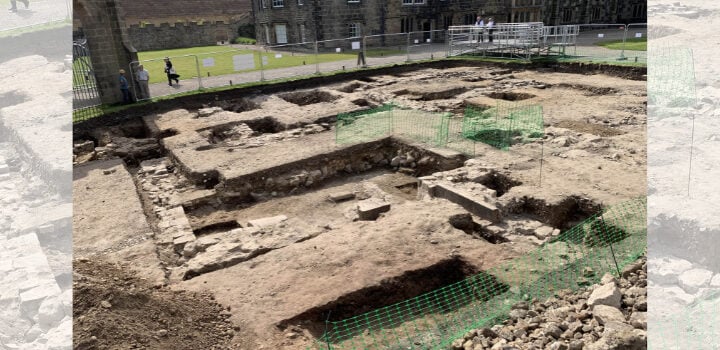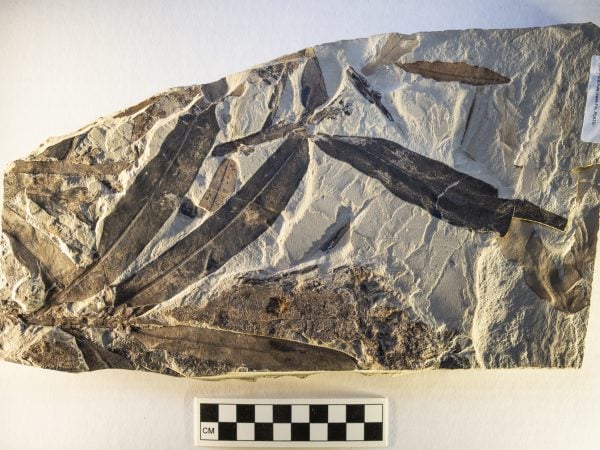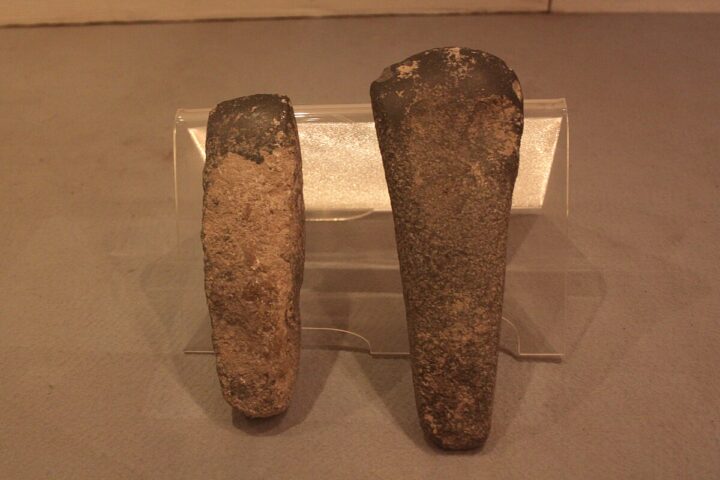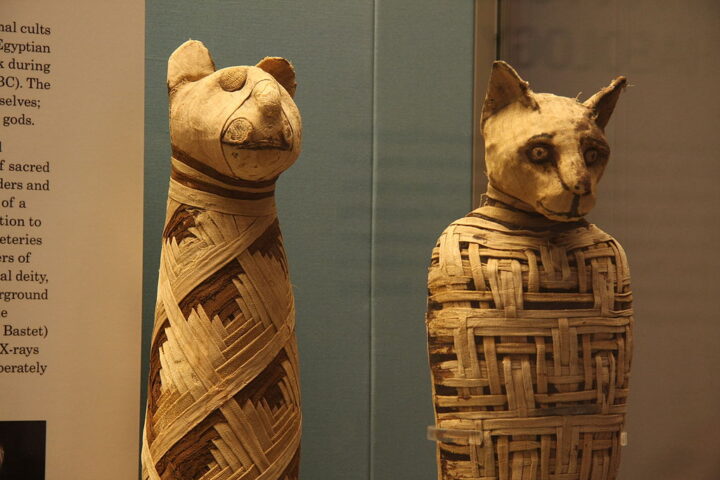A 5,000-year-old tomb unearthed at the Wangzhuang ruins in Henan Province, China, provides evidence of an early prehistoric kingdom and complex social hierarchy. A team of archaeologists has uncovered over 300 artifacts that showcase cultural exchanges across ancient China.
Royal Tomb Details
The tomb, designated M27, measures 4.8 meters in length and 3.68 meters in width, covering 17 square meters. Its wooden coffin structure consists of inner and outer vessels. Over 350 burial artifacts were discovered, including nearly 200 jade ornaments, bone tools, animal remains, and pottery.
“The Wangzhuang ruins are not an ordinary settlement, but rather the capital of a prehistoric kingdom,” said Zhu Guanghua, associate professor at Capital Normal University and lead architect of the excavation.
Cultural Exchange Evidence
The artifacts indicate extensive interaction between different regions during the Dawenkou Culture period (4000-2600 BCE). Li Xinwei, deputy director for the Institute of Ancient History at the Chinese Academy of Social Sciences, stated: “The ancient residents were clearly influenced by the cultures of the eastern region and the central region, as well as cultural elements from the Yangtze River basin.”
More Stories
Archaeological Context
Archaeologist Liu Haiwang noted: “The richness of the burial objects is closely linked to the size of the tombs, indicating that a clear social hierarchy and class stratification had already emerged.”
Since excavation began in 2023, archaeologists have excavated 45 tombs in 2024 itself belonging to the Dawenkou culture at the Wangzhuang site. Despite previous looting that left only toe bones as skeletal remains, the tomb’s size and artifact wealth suggest its occupant held sovereign status.The discovery adds to understanding of early Chinese civilization development, particularly regarding social organization and inter-regional cultural exchange during the Neolithic period.
